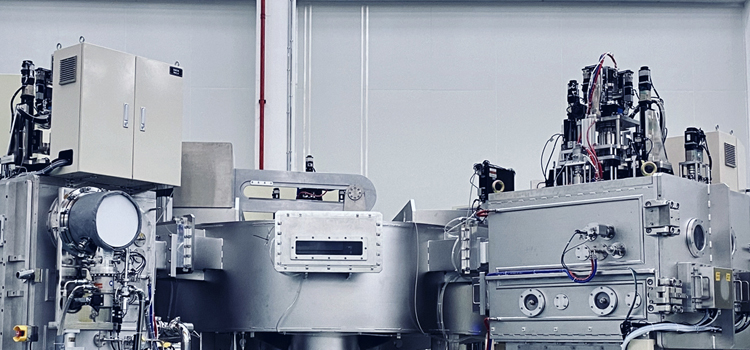
Product function

– Collection, storage, tracing, analysis and display of equipment historical data
– Real-time monitoring and display of equipment production and operation status
– Abnormality detection and identification of important parameters of equipment failure
– Prediction of fault location, remaining life and best maintenance time
– Multi-channel (WeChat, email, message) notification of equipment maintenance
Product features

– Fully functional and mature products, greatly shorten the landing cycle
– Complete end-to-end solution and integration of industrial Know-How
– High prediction accuracy
– Rich landing experience and multi-scenario landing experience (robots, fans, pumps, other moving equipment)
Cases

※ A international leading pan-semiconductor enterprise case
|
|
• Customer Business challenges
Large number of robots (400+) and frequent failures often lead to production line downtime High data acquisition frequency (2000HZ), large data volume and long data processing delay Fault characteristics are difficult to identify The prediction accuracy of previous models is low, causing frequent false alarm Lack of inter-disciplinary talent who understand equipment and AI
|
• Solution

|
|
• Effect of solution
1. Collected and stored device data 2. Monitored the operation status of the robot, and mark normal, suspected and alarm 3. Identified the main parameters that affect the equipment failure 4. Established 20+machine learning models using identified multi-parameter data 5. The accuracy of the model to predict equipment failure is 99.93%+ 6. Predicted the remaining life and fault location of the equipment, and prompted the best maintenance time point 7. Accurately predicted three working conditions of equipment operation: failure and emergency maintenance, failure without emergency maintenance, and no failure 8. Reduced the false alarm rate and false alarm rate by more than 80% 9. Collected and recorded the fault cause and maintenance plan, and put forward suggestions for equipment maintenance
|
Cases

※ A international leading pan-semiconductor enterprise case
|
|
• Customer Business challenges
Large number of robots (400+) and frequent failures often lead to production line downtime High data acquisition frequency (2000HZ), large data volume and long data processing delay Fault characteristics are difficult to identify The prediction accuracy of previous models is low, causing frequent false alarm Lack of inter-disciplinary talent who understand equipment and AI
|
• Solution

|
|
• Effect of solution
1. Collected and stored device data 2. Monitored the operation status of the robot, and mark normal, suspected and alarm 3. Identified the main parameters that affect the equipment failure 4. Established 20+machine learning models using identified multi-parameter data 5. The accuracy of the model to predict equipment failure is 99.93%+ 6. Predicted the remaining life and fault location of the equipment, and prompted the best maintenance time point 7. Accurately predicted three working conditions of equipment operation: failure and emergency maintenance, failure without emergency maintenance, and no failure 8. Reduced the false alarm rate and false alarm rate by more than 80% 9. Collected and recorded the fault cause and maintenance plan, and put forward suggestions for equipment maintenance
|





 Back to list
Back to list
